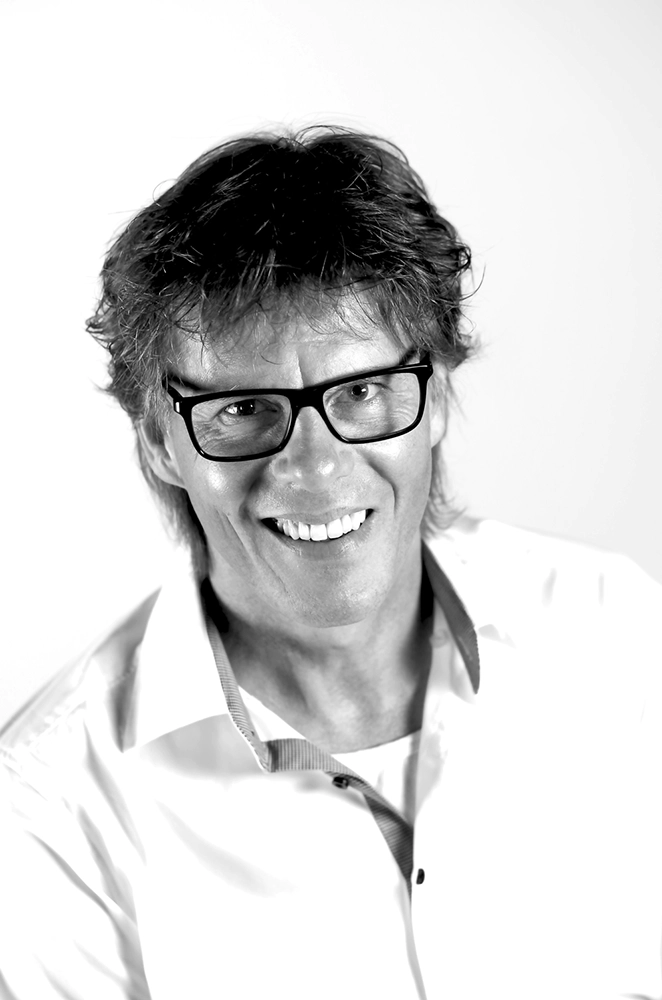As a social photographer, Jan Janssen captures the moments he recognises in his
fellow human beings, especially those elsewhere in the world. In everyday moments, he
finds the same needs, insecurities or pleasures that all people enjoy in their lives - albeit to
different degrees.
Travelling is inseparable from Janssen photographic practice. On the one hand, travelling is
an opportunity to discover who you are yourself. By travelling to other places, Jan seeks
precisely the things we have in common. In a world of polarisation and contrasts,
sometimes even on one continent, Janssen settles geographical and symbolic boundaries by photographing people in a pure essence. He photographs the richness of our most basic
human needs, like freedom, family and security - or, conversely, the absence of their
obviousness. To create his photographs, Janssen works on location for long periods of time. He often returns to the same place during subsequent trips. Here he builds a bond with the local people, a bond based on mutual respect and dignity. This photographing with a free heart allows him to get as close to people as possible. Only in this way can he penetrate to the essence of their being, and then capture it on camera.
It Matters
Pieces of Europe is a long-term photography project, started in
2016. In this series, I show the moments I recognise in my fellow
human beings. Things that are common to our human existence,
such as love, play, growing up, loss and need for contact. Things
that are present everywhere in the world, in anyone.
Several times a year, I travel to destinations in Central and Eastern
Europe. For these photos, I travelled to Turkey, Azerbaijan, and
Armenia, among others.
Once arrived in the country, I work together with the locals to find
entry into these communities. I find it very important that I
approach them as an equal, and not as a western outsider just
using them to take a photo. I build a bond with my portrayed
people by following them for weeks, sometimes months. I may
return regularly after my visit or stay in touch with my portraits
online or remotely. Through this long-term contact, I get to know
their traits and discover when they are at their most beautiful,
their most vulnerable or their purest. It is at these moments that
the most beautiful photos are created.
The series is growing and will culminate in a book of the same
name in 2026.
Travelling is inseparable from my practice. It is an opportunity to
discover who I am. By travelling to other places, I seek precisely
the things we have in common. It is also a way for me to remind
myself of the gratitude of a simple existence in places elsewhere in
the world: things I take for granted in the West.
